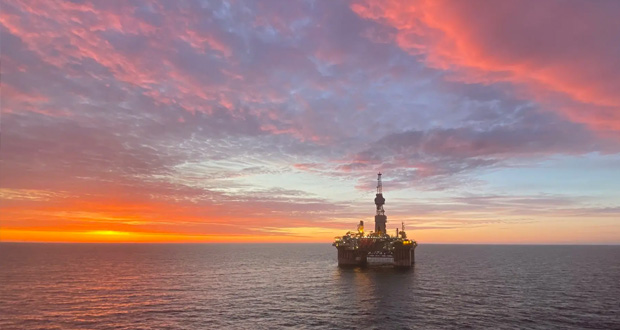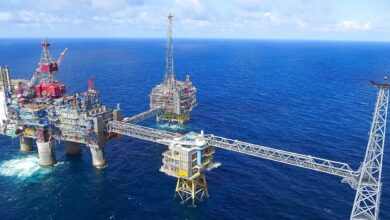Electrification project set to generate significant emissions reduction for Equinor

The Equinor-operated Njord field in the North Sea is expected to contribute 130,000 tonnes of CO2 emissions reduction upon startup in 2027, the company said in a statement. This figure is based on a collaboration project with OKEA in which the Njord A platform will be electrified to cut greenhouse gas emissions from production.
The project will see OKEA develop a shore-power infrastructure to the Draugen platform, which it operates. Equinor will be responsible for setting a cable hook-up from Draugen to Njord, as well as modifications and upgrading on Njord A, where the two existing gas turbines for main power production will be replaced by electric power from shore via Draugen. Based on this, around 60% of the power needed by Njord A will be covered by electricity, and the Njord Bravo FSO will be fully electrified.
In total, the electrification of Draugen and Njord will cut 330,000 tonnes of CO2 emissions per year.
The fields will have a total power demand of up to 80 MW per year and will be connected to the power grid at a transformer station at Straum in Åfjord municipality. Operated by Tension, the transformer station has a capacity of 200 MW, and the project does not require a grid upgrading.
The investment estimate for the whole project is around $740 million. The revised plans for development and operation (PDO) and for installation and operation (PIO) must be approved by the Ministry of Petroleum and Energy.




